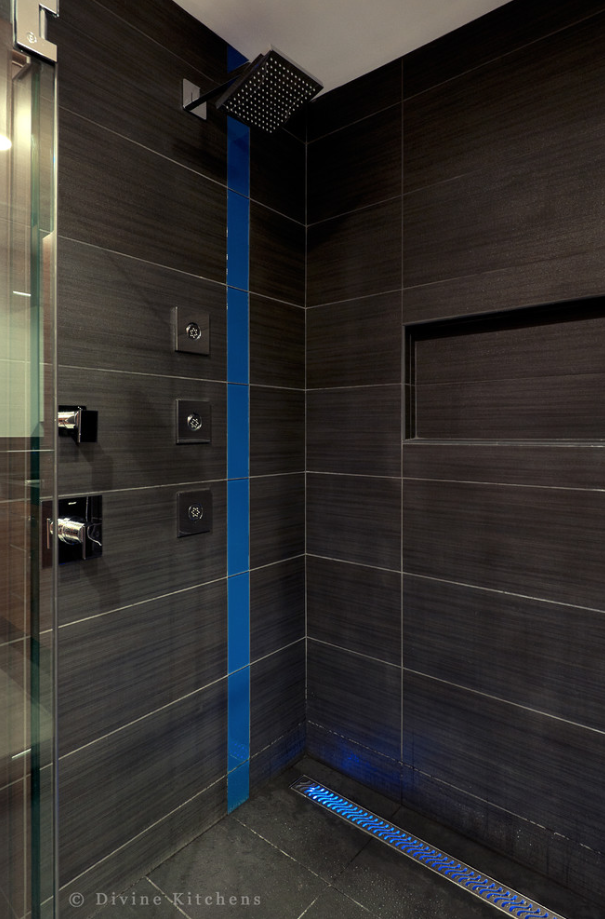How to Choose Shower Lighting
If you're in the middle of remodeling your bathroom, you probably feel like you have a thousand decisions to make. What type of tile you'd like for the shower stall or the floors, the color of the vanity, the finish of the faucet ... that's not to mention things like layout and plumbing. It's easy to decide to nix things that don't seem necessary or could potentially be written off, like shower lighting. But, while it might seem like a minor detail, the lighting in your shower is an important functional element in the overall design of your bathroom.
Shower Lighting is a Functional Must Have
The shower is often designed to be a separate area of your bathroom, tucked into it's own corner or recessed into a wall of the space. From a lighting plan standpoint, this means a shower becomes its own zone and therefore in most cases needs its own light. This is especially true if you will be using a shower curtain for your space, since the curtain can block out most of the light from the rest of the room and leave you with a dark, unwelcoming space.
It's also Important for the Feel of the Room
The overwhelming trend in bathrooms today is the desire for an airy, spa-like feel. Nothing is farther away from creating a sense of relaxation than a dark, wet space. Shower lights keep your room feeling bright, welcoming, and serene.
Choosing Recessed Shower Lights
Recessed lighting is the most common and practical choice for shower lighting since it can be easily sealed from moisture. Just be sure to look for recessed lighting that is moisture-, wet- or damp-location rated. These fixtures will not only have specialized trim that prevents water from entering the fixture to begin with, but extra precautions like rubber gaskets, which minimize damage to the light should water happen to seep through the trim. Plus, recessed lighting is easy to integrate with the look of the rest of your bathroom because chances are, if you're remodeling, you'll be installing recessed lighting in the rest of the room, too.
Other Shower Lighting Options
Recessed lighting is the most popular option, but it isn't the only one. For modern spaces, we love installing LED light bars and unexpected custom lighting solutions, like the color-changing drain light in this luxury shower.
Choosing the Number of Lights
Typically, you want to plan to have at least 1.5 times the number of watts of light as the square footage of the space, including accent, task, and ambient light. A single-shower stall can usually get away with a single recessed light in the center of the space. If you opt to go this route, choose a recessed light that is at least 4 inches wide and can fit a 65 watt bulb, which will ensure enough illumination. If you have a shower stall that is more than 40 square feet, we recommend installing two or more recessed lights for optimum illumination, like we did in the space below. When choosing the number of lights, however, you should also think about the style of the space you're designing. A bright, white subway-tiled shower will require less wattage to feel well-lit that one designed with dark or black tile.
When You Don't Need Shower Lights
There are occasions when you can get away with not installing shower lighting. These situations are basically limited to shower stall that are glass on at least two sides and are in an otherwise very bright room with lots of windows and plenty of ambient light, like in the master bathroom shower seen here.
For more shower lighting options and to see more photos of these projects, visit us on Houzz!






